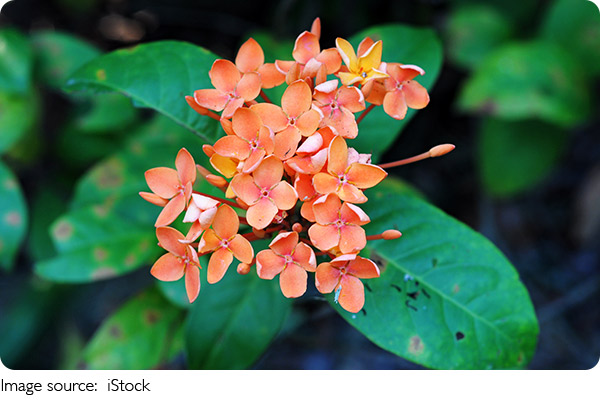Night Bloom Magic

Hello, nature lovers! Have you ever wondered what happens in your garden after the sun sets?
While daytime flowers rest, a fascinating world of night-blooming plants awakens, attracting unique nocturnal visitors like moths, bats, and beetles. Tonight, let's explore how these flowers open under the moonlight and the special relationships they form with their nighttime pollinators. Ready to discover the magic of the night garden?
Why Do Some Flowers Bloom at Night?
Night-blooming flowers have evolved to open their petals after sunset to attract specific pollinators active in the dark. Unlike daytime pollinators such as bees and butterflies, many nocturnal pollinators rely heavily on scent and visibility under low light. To adapt, these flowers often have pale or white petals that reflect moonlight, making them easier to spot.
They also produce strong, sweet fragrances that travel far through the cool night air, guiding moths and bats to their nectar. This timing reduces competition with daytime flowers and ensures effective pollination.
Famous Night Bloomers and Their Visitors
Some well-known night-blooming plants include the moonflower (Ipomoea alba), evening primrose (Oenothera biennis), night-blooming cereus, and night-blooming jasmine (Cestrum nocturnum). Moonflowers unfurl large, white blossoms that glow under moonlight and emit a sweet scent, attracting sphinx moths.
Evening primroses open in late afternoon and stay open through the night, welcoming nocturnal bees and moths. Night-blooming cereus produces spectacular, large flowers that last only one night, pollinated primarily by bats and moths. These plants have perfected their "nightlife" to synchronize with their visitors' activity.
The Role of Scent and Color in the Night
Since visual cues are limited at night, scent becomes crucial. Night-blooming flowers release intense fragrances composed of complex chemical blends that attract pollinators from great distances. These scents often intensify as darkness falls, matching the activity patterns of their visitors.
The pale or white coloration of the flowers enhances visibility under moonlight or starlight, acting like natural lanterns. This combination of scent and color ensures that nocturnal pollinators can easily locate the flowers even in near darkness.

Pollinators of the Night: Moths, Bats, and Beetles
Moths are the most common nocturnal pollinators, drawn by scent and light-colored flowers. Their long proboscises perfectly reach nectar deep inside tubular blooms. Bats, especially in tropical and desert regions, also play a vital role by visiting large, sturdy flowers that produce abundant nectar.
Some beetles, too, are active at night and contribute to pollination, often attracted by strong or fruity scents. These nighttime visitors are essential for the reproduction of many plant species that rely exclusively on nocturnal pollination.
Creating Your Own Moon Garden
If you want to enjoy the beauty and fragrance of night-blooming flowers, consider planting a moon garden. Choose species like evening primrose, moonflower, night-blooming jasmine, and tuberose. Position them where their scent can travel freely, and reduce artificial lighting nearby to avoid confusing nocturnal pollinators. A moon garden not only adds enchanting nighttime beauty but also supports biodiversity by providing food for night-active pollinators.
Let's Celebrate the Nighttime Wonders!
The secret life of night-blooming flowers and their visitors reminds us that nature never truly sleeps. Have you ever noticed flowers opening at dusk or the gentle flutter of moths in your garden after dark? Share your nighttime garden stories with us! Together, let's appreciate these magical interactions that keep ecosystems thriving under the cover of night.
With curiosity and care, we can create spaces that welcome and support the fascinating world of nocturnal pollinators and their floral partners. Happy moonlit gardening!
-
 Cook Like a Pro Now!10 Game-Changing Tips Every Beginner Needs to Know!
Cook Like a Pro Now!10 Game-Changing Tips Every Beginner Needs to Know! -
 Prevent Carbon Build-upDiscover how to prevent carbon build-up in your engine and effectively remove it to improve performance and engine longevity!
Prevent Carbon Build-upDiscover how to prevent carbon build-up in your engine and effectively remove it to improve performance and engine longevity! -
 Temperature Swings: Danger!Sweating Then Shivering?! Sudden Temperature Swings Might Be Hurting Your Health More Than You Think!
Temperature Swings: Danger!Sweating Then Shivering?! Sudden Temperature Swings Might Be Hurting Your Health More Than You Think!